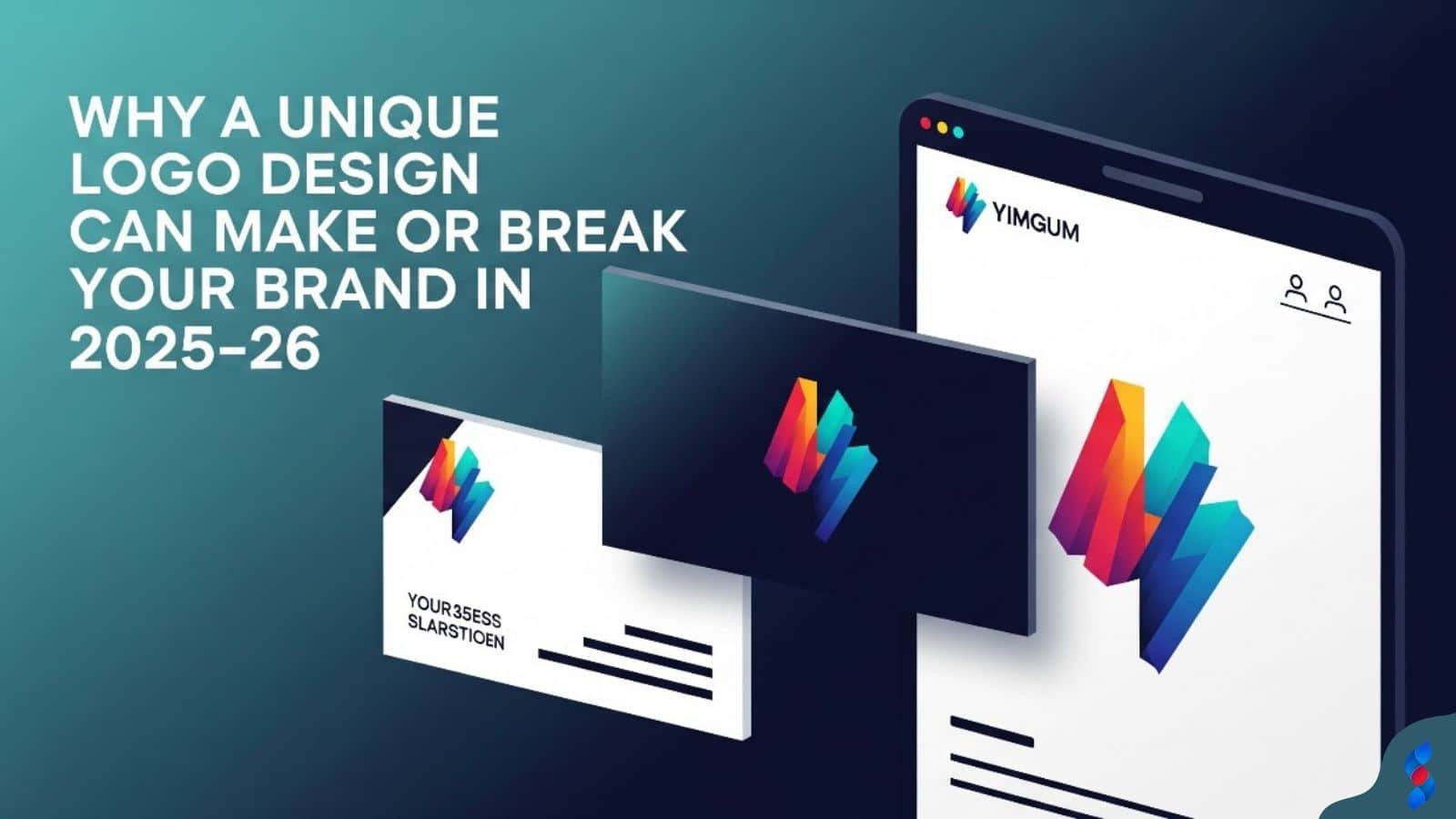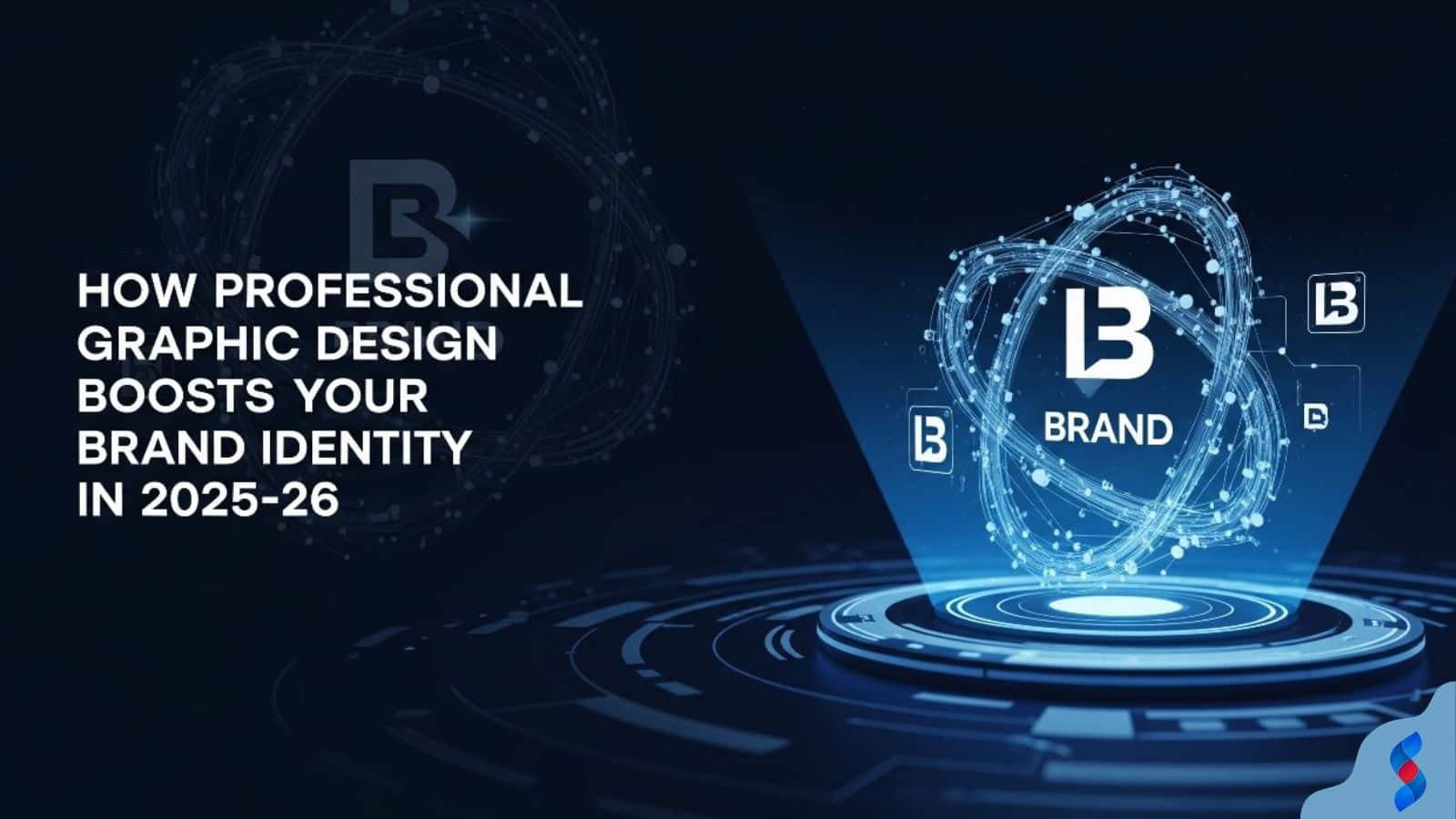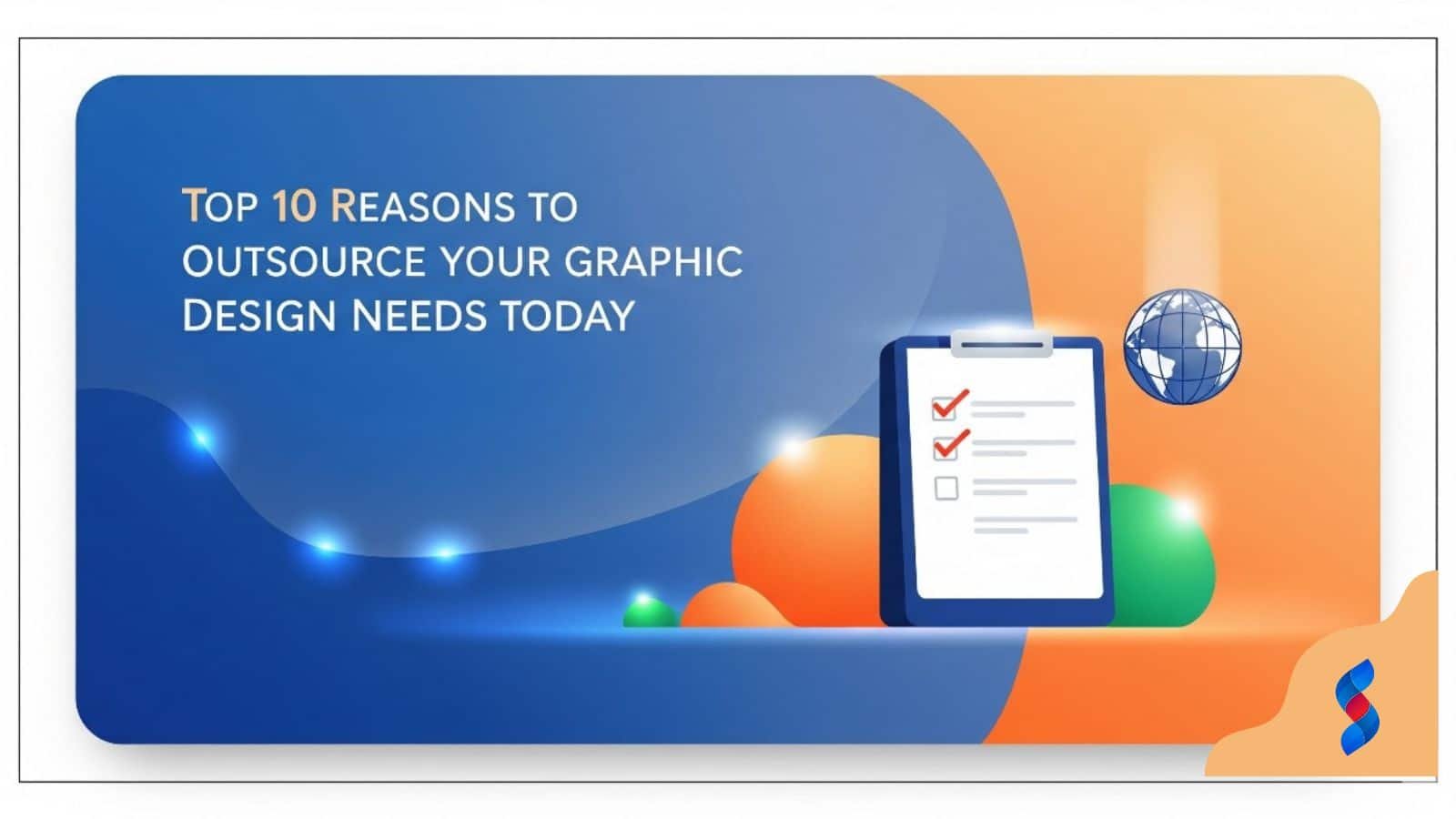Need help? Call us:
+92 320 1516 585
- Web Design And Development
- Graphic Designing
- Search Engine Optimization
- Web Hosting
- Digital Marketing
- CRO Services
- Brand Development
- Social Media Marketing
- PPC Marketing
- Content Marketing
- ERP Solutions
- App Development
- Game Development
- Printing Services
- Video Production
- Artificial Intelligence
- Data Entry
- Theme And Plugin Development
- Product Photography
- Software Development
- App Development
- Artificial Intelligence
- Brand Development
- Content Marketing
- CRO Services
- Custom Theme And Plugin Development
- Data Entry
- Digital Marketing
- ERP Solutions
- Game Development
- Graphics Designing
- PPC Marketing
- Printing Services
- Product Photography
- SEO
- Social Media Marketing
- Software Development
- Unique Category
- Video Production
- Web Design & Development
- Web Hosting
Ultimate Graphic Design Skills Guide: Boost WordPress Conversions in 2025
Introduction: The Untapped Potential of Graphic Design Skills in WordPress
The world of WordPress design is rapidly evolving, with an increasing emphasis on user experience and conversion optimization. At the heart of this evolution is the recognition of the critical role that graphic design skills play in creating engaging, effective, and conversion-driven websites. As experts in the field, we at SkySol Media understand that harnessing the power of graphic design is no longer a luxury but a necessity for any business aiming to stand out in the digital landscape. The connection between graphic design and WordPress conversions is multifaceted, influencing everything from the initial user impression to the final call-to-action (CTA) click. Throughout! this guide, we will delve into the core principles of graphic design, their application in enhancing WordPress websites, and the tools and resources available to implement these skills effectively.
Why Graphic Design Matters for WordPress Websites
Graphic design is not merely about aesthetics; it’s a powerful tool for visual communication, capable of conveying complex messages, evoking emotions, and guiding user behavior. A well-designed WordPress website can significantly enhance user engagement, build trust, and ultimately boost conversions. Whether it’s through the strategic use of color theory, the selection of typography, or the implementation of white space, each element of graphic design contributes to a cohesive visual language that speaks directly to your target audience. By mastering graphic design skills, WordPress developers and designers can create websites that are not only visually appealing but also highly functional and optimized for conversions.
The Connection Between Visuals and Conversions
The impact of graphic design on conversions is profound. Visually appealing and well-designed websites are morelikely to capture users’ attention, build trust, and encourage exploration. Elements such as logos, icons, and graphics are crucial in branding, making a website recognizable and memorable. Furthermore, the strategic placement of visuals, such as hero images and CTAs, can significantly influence user behavior, directing them through the sales funnel more effectively. Understanding and leveraging this connection is key to optimizing WordPress websites for higher conversions.
A Quick Preview: What You’ll Learn in This Guide
This comprehensive guide is designed to equip you with the graphic design skills necessary to boost WordPress conversions. We will explore the fundamental principles of graphic design, including visual hierarchy, color theory, typography, white space, and consistency. Then, we will dive into the practical application of these principles in optimizing various aspects of WordPress websites, such as headers, product pages, CTAs, and landing pages. Additionally, we will discuss the tools and resources available for graphic design in WordPress, review real-world case studies, and address common mistakes to avoid. By the end of this guide, you will have a deep understanding of how to harness the power of graphic design to enhance your WordPress website’s performance and increase conversions.
Understanding the Core Principles of Graphic Design
To effectively apply graphic design skills in WordPress, it’s essential to have a solid grasp of the core principles that underpin this discipline. These principles serve as the foundation upon which all design decisions are made, ensuring that the visual elements of your website work together harmoniously to create a cohesive and engaging user experience.
Visual Hierarchy: Guiding the User’s Eye
Visual hierarchy refers to the arrangement of visual elements to guide the user’s attention through the website. By applying size, color, position, and other attributes, designers can create a clear hierarchy that directs users to the most important elements first. This principle is crucial for optimizing WordPress websites, as it ensures that key messages, CTAs, and other critical elements are noticed and engaged with. Implementing a well-structured visual hierarchy involves understanding how users perceive and process visual information, allowing designers to create websites that are intuitive, engaging, and conversion-focused.
Color Theory: Evoking Emotion and Driving Action
Color theory is another fundamental aspect of graphic design, influencing how colors interact with each other and with the user. Different colors evoke different emotions and can significantly impact user behavior. For instance, red is often used for CTAs as it can stimulate a sense of urgency, while blue is commonly associated with trust and stability. Understanding color theory enables designers to select a palette that resonates with their target audience, enhances brand recognition, and drives desired actions on the website.
Typography: Choosing Readable and Engaging Fonts
Typography plays a vital role in graphic design, affecting the readability, engagement, and overall aesthetic of a website. Choosing the right font involves considering factors such as legibility, consistency with the brand, and emotional impact. Well-selected typography can enhance the user experience, communicate the brand’s personality, and contribute to a professional and engaging visual identity. In the context of WordPress, typography can be optimized through the careful selection of theme fonts, the use of typography plugins, and the application of responsive design principles.
White Space (Negative Space): Enhancing Clarity and Focus
White space, or negative space, refers to the empty areas between and around elements on a website. It is a critical component of graphic design, as it helps to create a clean, uncluttered, and visually appealing interface. White space enhances clarity, reduces visual noise, and guides the user’s attention to key elements. In WordPress design, leveraging white space effectively can involve selecting themes that incorporate ample negative space, using page builders to create spacious layouts, and avoiding the temptation to overpopulate the website with too much content or too many features.
Consistency: Building a Recognizable Brand
Consistency is the backbone of effective graphic design, ensuring that all visual elements, from the logo and color scheme to typography and imagery, work together seamlessly to create a recognizable brand identity. Consistency builds trust, reinforces the brand’s message, and makes the website more navigable and engaging. Achieving consistency in WordPress involves selecting a theme that aligns with the brand’s visual identity, customizing the theme to ensure coherence across all pages, and using plugins and design tools to maintain uniformity in the application of graphic design elements.
Implementing Graphic Design Skills to Enhance WordPress Websites
With a solid understanding of the core principles of graphic design, the next step is to apply these skills in enhancing various aspects of WordPress websites. This involves a strategic approach to designing and optimizing elements such as website headers, product pages, CTAs, landing pages, and backgrounds, all with the goal of improving user engagement and boosting conversions.
Optimizing Website Headers and Banners
Optimizing website headers and banners is a crucial step in capturing users’ attention and setting the tone for their engagement with the website. This can be achieved through the creation of compelling hero images that resonate with the target audience, the design of effective banner ads that drive traffic and conversions, and ensuring that all elements are responsive and perform well across different devices.
- Creating a compelling hero image. A hero image is often the first thing users see when they land on a website, making it a critical element in the initial impression. It should be high-quality, relevant, and engaging, setting the stage for the user’s journey through the site.
- Designing effective banner ads. Banner ads can be an effective way to promote products, services, or CTAs. They should be visually appealing, clear in their messaging, and optimized for click-through rates.
- Ensuring mobile responsiveness. Given the majority of web traffic comes from mobile devices, ensuring that headers, banners, and all design elements are responsive is crucial for providing a consistent and engaging user experience across all devices.
Enhancing Product Pages with Visuals
Product pages are where the rubber meets the road in terms of conversions, making the strategic use of visuals a key factor in their design.
- High-quality product photography. High-quality images showcase products in the best possible light, helping to build trust and increase the likelihood of a sale. Images should be well-lit, in focus, and show the product from multiple angles.
- Creating informative infographics. Infographics can be used to present complex data or product features in a clear and engaging manner, enhancing the user’s understanding and perception of the product.
- Using video to showcase product features. Videos can provide a dynamic way to demonstrate product features, customer testimonials, or how-to guides, offering a more immersive experience than static images or text alone.
Designing Engaging Call-to-Action Buttons
CTA buttons are a critical design element, as they directly influence conversion rates. The design of CTAs involves several key considerations:
- Choosing the right colors and fonts. The color and font of a CTA button should be consistent with the brand’s identity and stand out from the rest of the page, drawing the user’s attention.
- Crafting compelling button copy. The text on a CTA button should be action-oriented, clear, and persuasive, encouraging the user to click.
- Placement and size considerations. CTAs should be placed prominently on the page, preferably above the fold, and should be large enough to be easily clickable, especially on mobile devices.
Improving Landing Page Design for Higher Conversions
Landing pages are designed to convert visitors into taking a specific action, making their design critical for achieving marketing goals.
- Creating visually appealing layouts. A well-designed layout guides the user’s eye through the page, ensuring that key elements such as headings, images, and CTAs are noticed.
- Using whitespace effectively. Whitespace helps to create a clean and focused design, reducing distractions and making the page easier to navigate.
- Optimizing forms for user experience. Forms should be simple, short, and easy to fill out, with clear and concise labels and minimal friction in the submission process.
Creating Effective Website Backgrounds
Website backgrounds can significantly affect the overall aesthetic and usability of a website.
- Choosing appropriate background images or patterns. Backgrounds should be relevant, high-quality, and not distract from the content. They can add depth and visual interest to the page, enhancing the user experience.
- **Ensuring
Don’t forget to share it
Table of Contents

We’ll Design & Develop a Professional Website Tailored to Your Brand
Enjoy this post? Join our newsletter
Newsletter
Related Articles
How Professional Graphic Design Boosts Your Brand Identity in 2025–26
Top 10 Reasons to Outsource Your Graphic Design Needs Today
Graphic Design SEO: 7 Amazing Ways to Boost Your Website in 2025
Graphic Design Skills: The Amazing 2025 Boost for WordPress Traffic
Ultimate Guide to Boosting WordPress Website Success with Graphic Design Experience in 2025
This website uses cookies to improve your experience.
By using this website you agree to our Privacy Policy.



